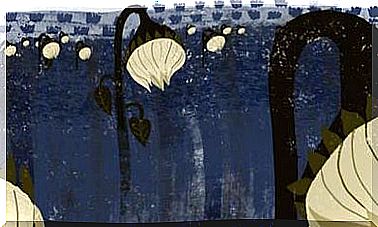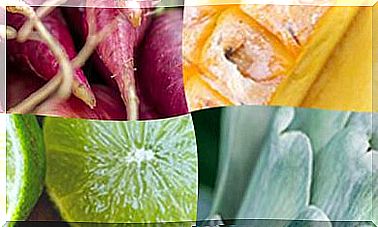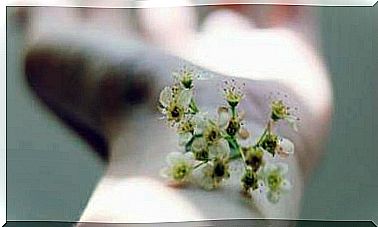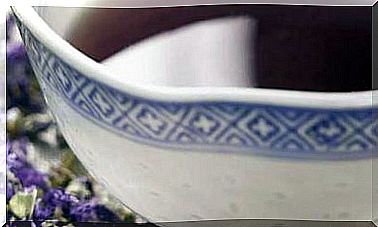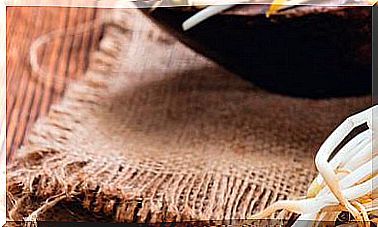7 Types Of Curry To Travel With The Palate
Curry, although originally from India, is typical of many different cuisines and each one adapts it to its ingredients, flavors and preparations.
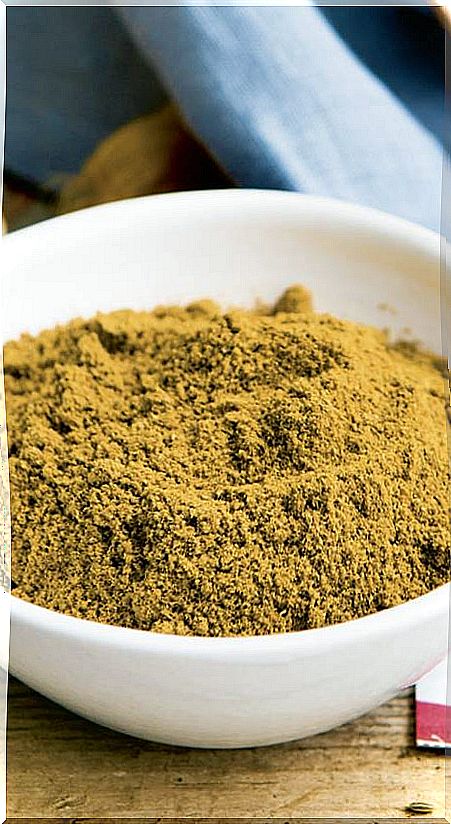
Surely when reading “curry” a creamy and spicy Indian dish comes to mind. And so it is almost always, curries in general are very spicy stews and from light to exaggeratedly spicy, with vegetables, vegetables and legumes, with a thick and rich broth.
But not all curries are the same. Although we can make our own homemade curry with any commercial preparation, the regions that traditionally prepare curries at home have their own ingredients and techniques, and each type can be distinguished by its aromas.
That’s what I want to talk about today: the unique characteristics of each type of curry.
Indian curry: the original
Curries originate from Indian cuisine, in which different types of stews with spices are prepared, depending on the region, and are served with rice, flatbreads and other dishes. In general, they are powerful stews, rich in greens and vegetables.
In northern India, the curries with ginger, garlic, onion and tomato stand out, to which you can also add coconut milk and chickpea flour to make a much richer and thicker broth.
In the south they cook even spicier varieties, with red and green chili peppers, curry leaves, mustard seeds, fennel seeds, cumin, turmeric … In some regions it is normal that the curries are almost always vegetarian, without meat or fish, using fresh aubergines, legumes and vegetables.
- How to prepare it: In Indian stores we can find a lot of different curry mixes, as well as individual ingredients (fenugreek, mustard seeds, cumin seeds, asafoetida, ginger, turmeric, curry leaves…). Once a combination of ingredients has been chosen, the first step is always to brown the spices with the oil and then add the rest of the ingredients (for example chopped tomatoes, chickpea flour, diced aubergines, etc.) and finally the water to cook it all together and reduce until a thick and fragrant stew is left.
Thai curry: onion or shallots, chili peppers and garlic
Thai curries differ from Hindus among other things in the ingredients used to make the base of the broth. Onion or shallots, red or green hot chili peppers and garlic are essential, to which you can add lemongrass, Thai basil, galangal, coriander, cardamom, turmeric and cumin.
- How to prepare it: All these ingredients are combined in a mortar and crushed into a fine paste. They are then fried in the oil before adding the rest of the ingredients (greens, vegetables, plantain, etc).
Cambodian curry: lemongrass, kaffir lime and chili peppers
In Cambodia they also make their own curry, much like Thai, but with a few other key ingredients like lemongrass, kaffir lime leaves and zest, galangal, turmeric, dried red chili peppers, and shallots.
- How to prepare it: Depending on the color of the curry to be prepared, you can add more dried red peppers (for the red curry), white pumpkin, papaya and / or tamarind (for the yellow curry) or galangal, cinnamon and turmeric (for the green). Once we have the ingredients, they are finely chopped before using them in the curry, browning them with the oil.
Malaysian curry: turmeric, ginger and garlic
In Malaysia there are also variations depending on the region, but in general the flavor of a Malaysian curry is distinguished by the large amount of turmeric, ginger and garlic that is used in the mixture of spices. Shallots or onion, chili peppers, tamarind and coconut milk are also added.
- Fresh vegetables and vegetables are used as main ingredients and in vegetarian curries, tofu and derivatives.
Indonesian curry: chili peppers, kaffir lime, Indonesian bay leaf and cumin
In Indonesia they also prepare very good curries with local ingredients. Jackfruit, legumes and spices and flavors such as coconut milk, lemongrass, turmeric, tamarind and some prepared pastas are often used. In general they are all spicy and with citrus notes.
Vietnamese curry: coriander, spring onion and coconut
In Vietnam, curries are usually made up of vegetables and bulbs such as potatoes, taro (yams) and sweet potatoes, which give them a very creamy touch and contrast with sweet flavors, along with coconut milk, fresh vegetables and local chili peppers.
It differs from the others in that it is a dish that looks more like a soup, it is not so dense, and due to the set of flavors it is more similar to Vietnamese than to Hindu cuisine.
Vietnamese curries tend to be lighter, so they can be accompanied by a wider variety of dishes.
Japanese curry: mix for curry and roux
In Japan tastes are a bit different and curries have adapted to this. Most people make curry rice dishes using commercial mixes or ready-made curry cubes that just need to be added to the broth with greens, greens, tofu, etc.
For a good curry, the curry preparation must be thinned and a small amount of flour must be added to make a very creamy roux. This roux is added to the stew (with its tofu, greens and vegetables) and it is cooked all together until it thickens.
These curries have a very silky texture, thick, and quite pronounced flavor. The ingredients of the prepared curries include soy sauce, onion, ginger, tomato paste, turmeric and bay leaf.
